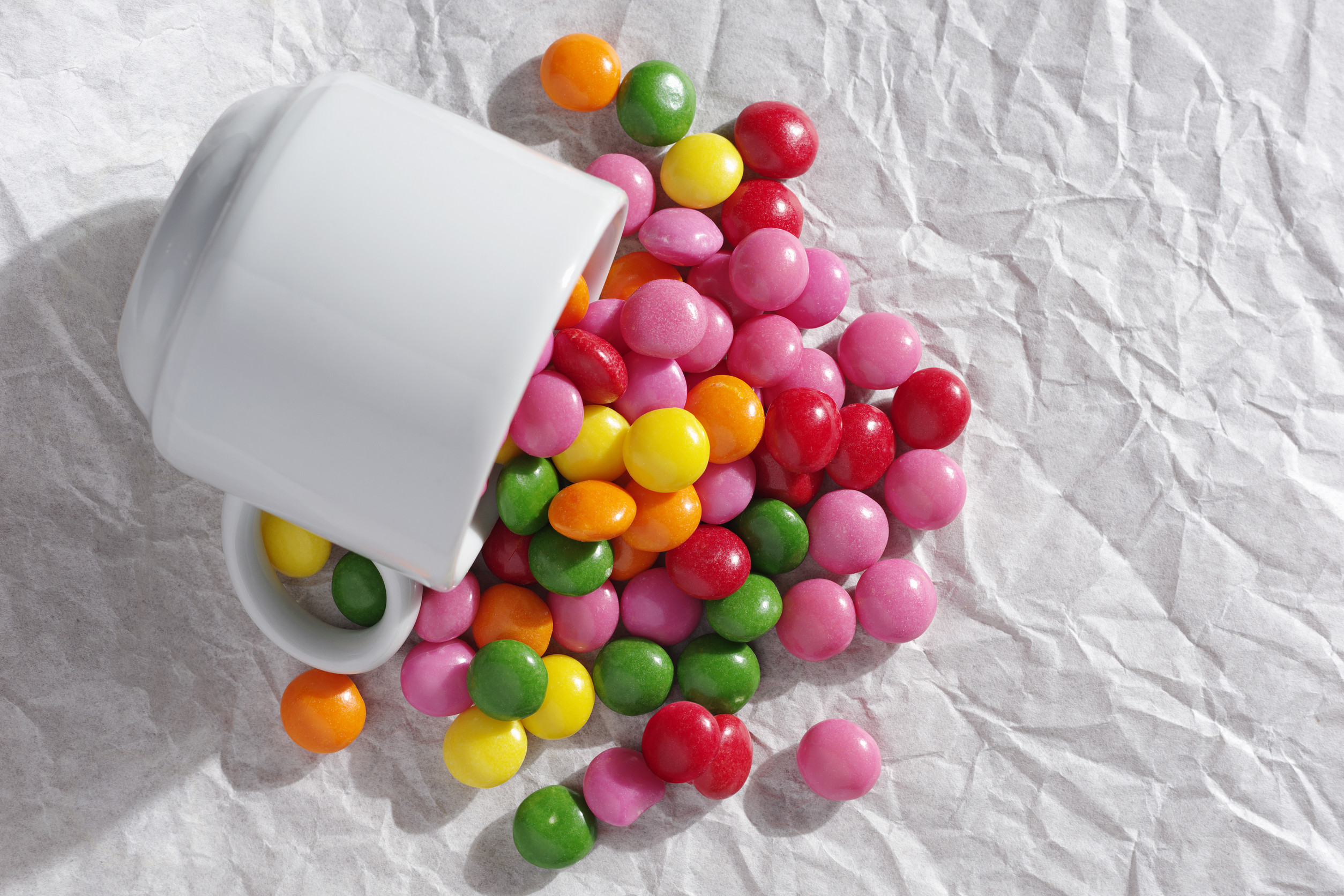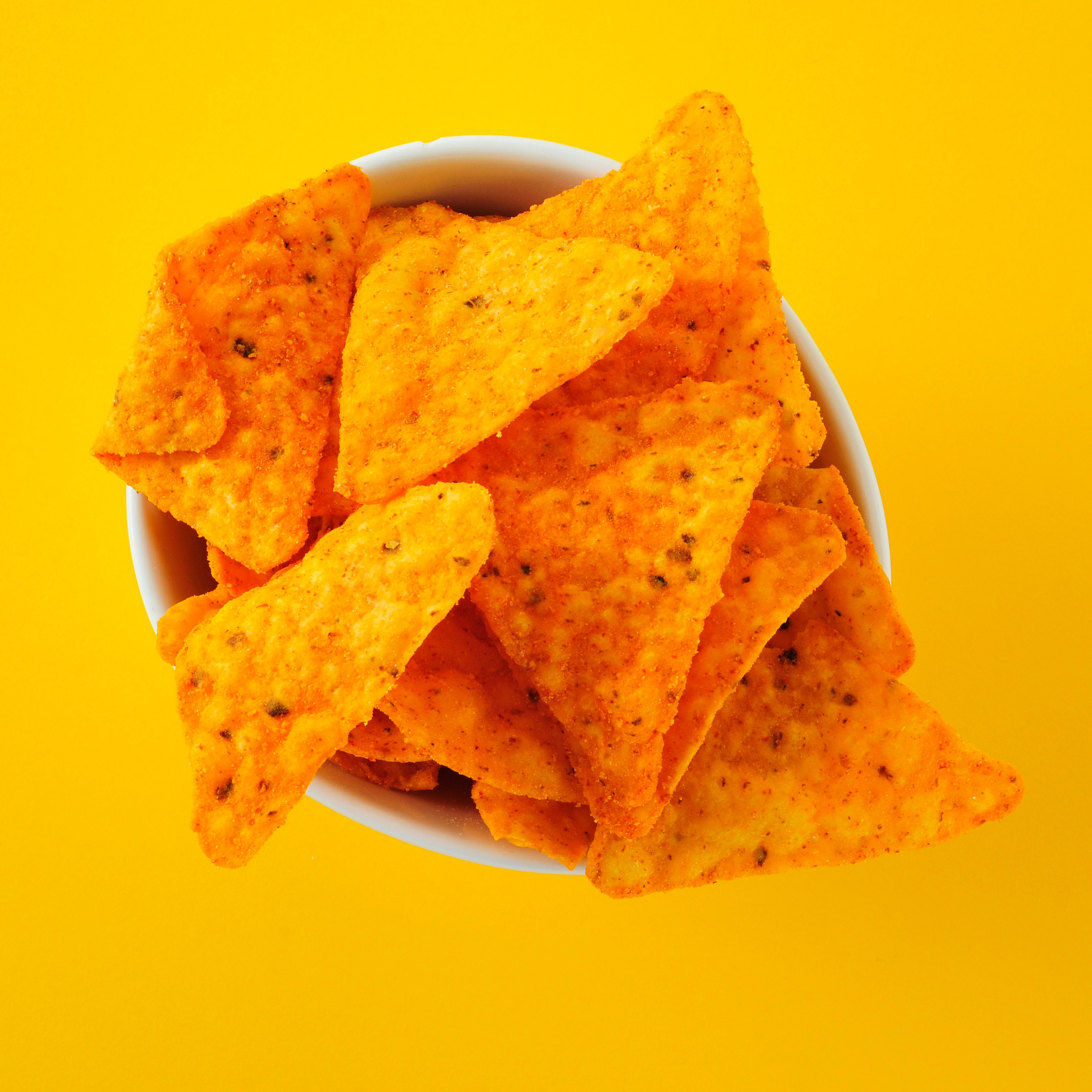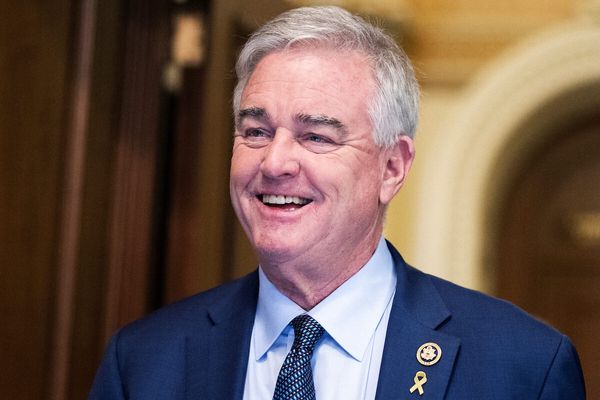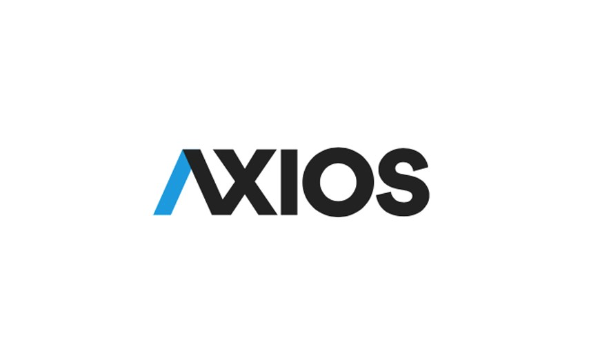You may think your favorite snack is just a harmless indulgence, but in many parts of the world, it’s considered unsafe. The U.S. allows several food additives and chemicals that are banned overseas due to health concerns. These ingredients have been linked to issues ranging from hyperactivity to cancer, yet they still make their way into everyday snack foods on American shelves. While other countries have taken a stricter approach to food safety, U.S. regulations remain surprisingly lenient. Here are six popular snacks containing banned food ingredients that may make you think twice before your next bite.
1. Skittles – Artificial Colors and Titanium Dioxide

Skittles may be known for their bright colors and sugary burst of flavor, but they also contain ingredients banned in the European Union. One of the most controversial is titanium dioxide, a whitening agent linked to potential DNA damage in animal studies. Skittles also include synthetic dyes like Yellow 5, Red 40, and Blue 1—ingredients banned or restricted in countries such as Norway and Austria due to their connection to hyperactivity in children. In the U.S., these additives are still widely used in candies and snacks, often without much public awareness. If you’re concerned about banned food ingredients, this rainbow might not be worth tasting.
2. Little Debbie Swiss Rolls – BHA and Food Dyes
Little Debbie Swiss Rolls are a nostalgic treat for many Americans, but they’re also loaded with additives like Butylated Hydroxyanisole (BHA), which is banned in the U.K., Japan, and parts of the EU. BHA is used as a preservative to extend shelf life, yet it has been classified as “possibly carcinogenic to humans” by the International Agency for Research on Cancer. These rolls also contain several artificial food dyes that have been linked to behavioral issues in children. Many countries have opted for natural alternatives to these dyes or require warning labels—something the U.S. does not. That indulgent swirl might come with some unwanted ingredients.
3. Mountain Dew – Brominated Vegetable Oil (BVO)
Mountain Dew has long been popular for its citrus kick and caffeine boost, but one ingredient in the drink has stirred international controversy: brominated vegetable oil, or BVO. This chemical additive, originally used as a flame retardant, helps keep citrus flavoring evenly distributed. However, it’s been banned in Europe and Japan over concerns it may build up in the body and affect the nervous system. Although PepsiCo announced plans to remove BVO from its beverages, some versions still include it in stores. For those watching out for banned food ingredients, Mountain Dew might be a drink to skip.
4. Ritz Crackers – Partially Hydrogenated Oils
Ritz Crackers may seem like a tame and buttery snack, but many versions still contain trace amounts of partially hydrogenated oils, also known as trans fats. These oils have been banned in countries like Switzerland, Canada, and Denmark due to their link to heart disease and increased cholesterol levels. While the FDA has moved to phase them out in the U.S., some processed snacks still sneak them in under labeling loopholes. Even small amounts of trans fat can be harmful over time, especially if consumed frequently. Ritz Crackers may be light and crisp, but their ingredient list deserves a closer look.
5. Pop-Tarts – Artificial Food Dyes and Preservatives
Pop-Tarts are a breakfast favorite for many families, but the colorful frosting and long shelf life come at a cost. These toaster pastries often contain Yellow 6, Red 40, and BHA—ingredients banned or restricted in several countries. The EU, for example, requires warning labels on foods containing artificial dyes due to potential behavioral effects in children. BHA, a common preservative found in some Pop-Tart varieties, has faced scrutiny for its possible cancer risk. While these additives may help boost shelf appeal, they’ve raised serious health concerns abroad.
6. Doritos – Artificial Colors and MSG

Doritos are famous for their bold flavor, but that taste often comes from a mix of additives banned elsewhere. Many Doritos flavors contain artificial dyes like Yellow 6 and Red 40, both banned in Norway and Austria. Some versions also include monosodium glutamate (MSG), a flavor enhancer that has been banned in certain Asian countries due to concerns about headaches, nausea, and other side effects in sensitive individuals. While MSG remains legal in the U.S., its presence in processed snacks is often controversial. These chips may be addictive for a reason, but not always for the right ones.
What’s Banned Abroad May Still Be in Your Pantry
It’s easy to assume that foods on U.S. shelves are safe, but many contain ingredients that other countries consider too risky. From cancer-linked preservatives to artificial dyes that affect children’s behavior, the U.S. allows substances that have been widely banned elsewhere. That doesn’t mean you need to panic—but it does mean you should read labels carefully and stay informed. Swapping out these snacks for cleaner alternatives is one small way to take control of what goes into your body. After all, food choices are just as much about knowledge as they are about taste.
Have you checked your pantry lately? Which of these snack ingredients surprised you the most? Let us know in the comments!
Read More
9 Common Reasons Why Everyday Snacks Face National Recalls
5 Little Debbie Snacks from the Past That Still Make Us Smile
The post 6 Snack Foods With Ingredients Banned Overseas appeared first on Grocery Coupon Guide.







